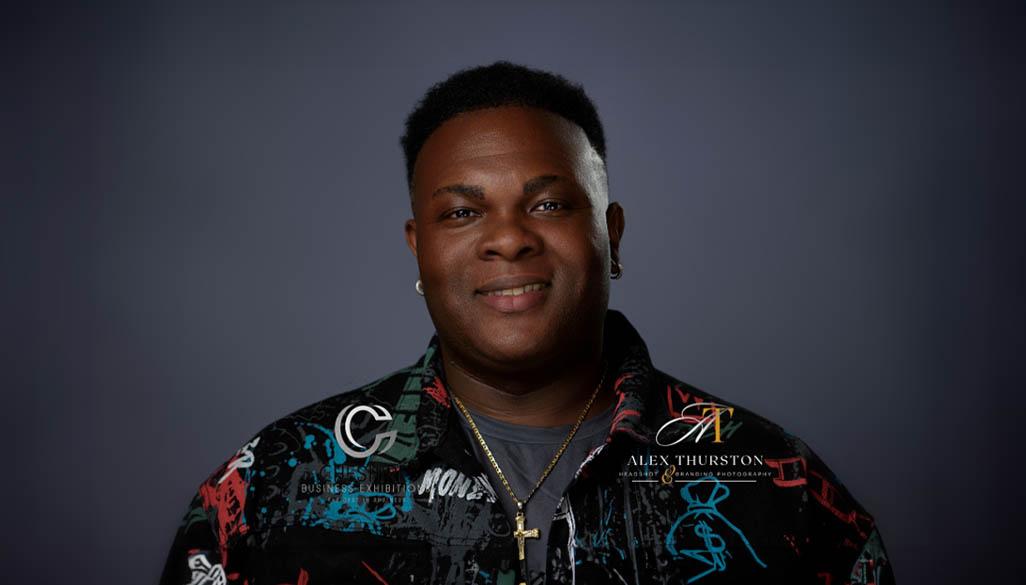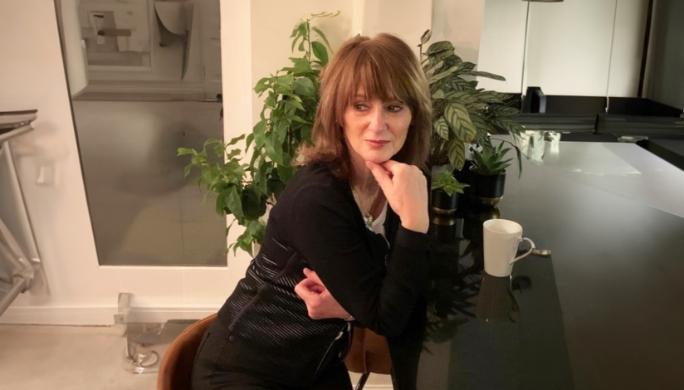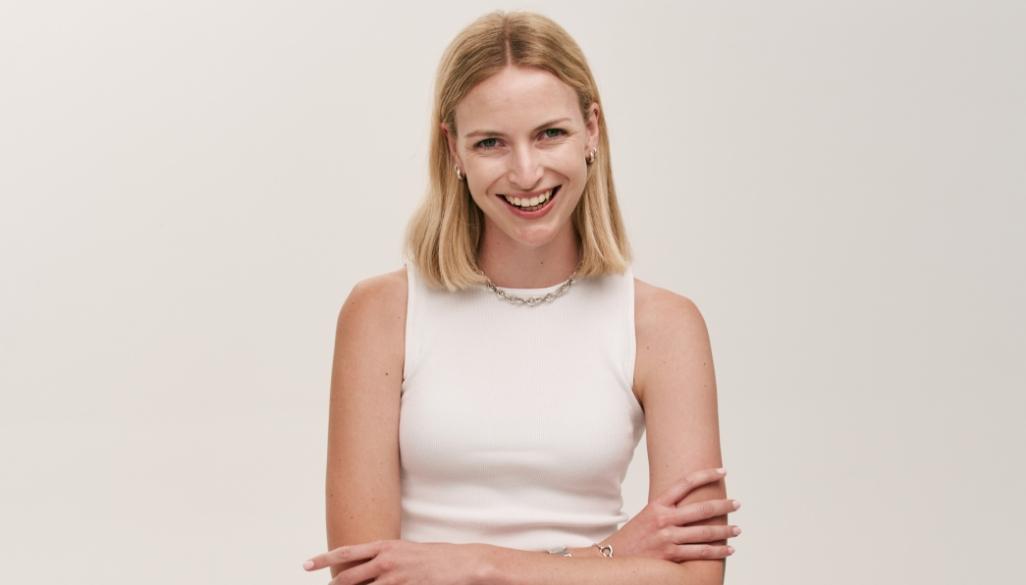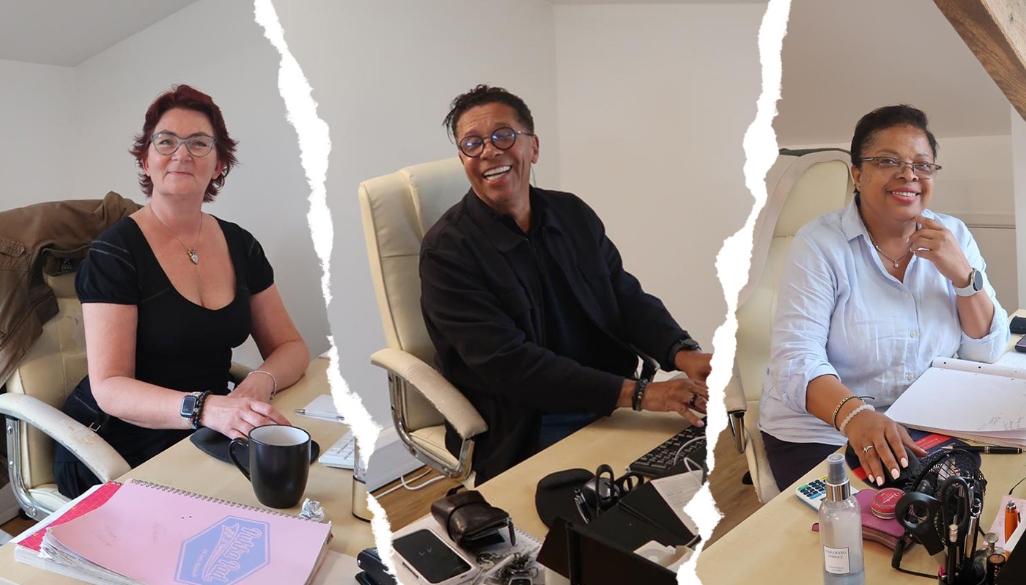The Art of Fragrance
by Catherine Evans
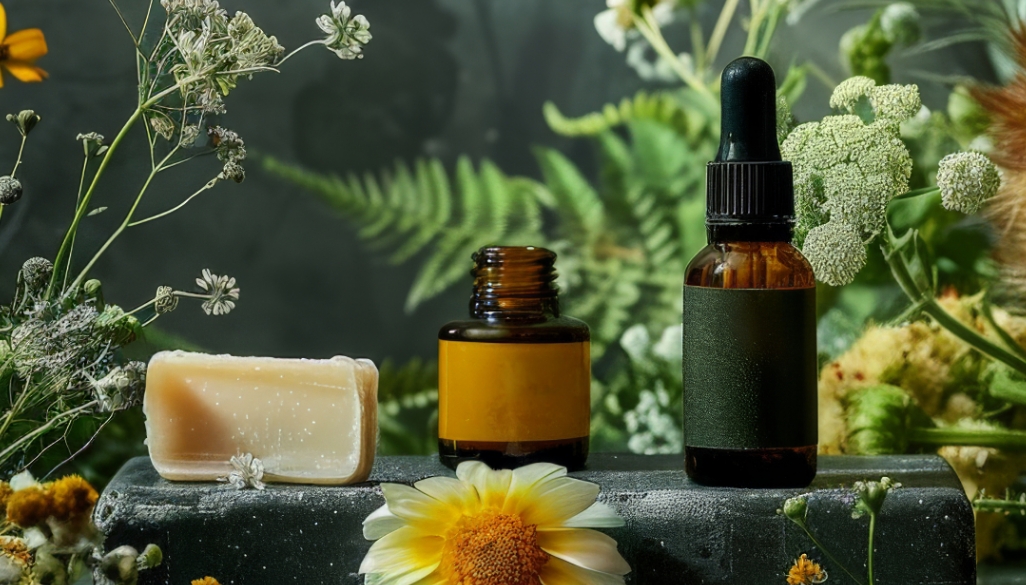
I live next door to a perfumer, and over the odd cup of tea, I’ve learned a little about the esoteric world that she inhabits.
Eliza Douglas set up her business, The Art of Fragrance in 2016. It’s an incredibly difficult industry to break into, yet she offers bespoke fragrances to individuals who want a unique scent, but her bread-and-butter business is selling three of her creations online: Just My Cup of Tea, which is sweet and playful, Lost Weekend, which is characterised by leather, fresh air and an open-topped car, and The Swing, which is a green, fresh floral scent. All three are divine. My favourite is Lost Weekend. She also offers perfumery tuition online; she teaches most of her students one-on-one via Zoom calls. She has also taught at venues such as the Badminton Estate, Bull Burford, Daylesford and Soho Farmhouse.
She grew up loving scent. Her father was an avid gardener, and some of her earliest memories are of smelling the flowers in the family’s West London garden. Even when very young, she remembers that whenever she received a gift, she would smell it, even before she opened the package. She insists that with practice, anyone can develop their olfactory senses, but it helps to start with the love of it.
Eliza spent a year at the Grasse Institute, one of the renowned French schools of perfumery, where she learnt how to collect and differentiate between 300 materials, both natural and synthetic. This was a slow process, as the nose quickly suffers from olfactory fatigue, where the ability to discern one fragrance from another becomes blunted after prolonged exposure. This is why you can’t smell your own perfume after a while, while others still can.
A commercial scent commonly consists of 30 to 100 different materials, a mixture of synthetic and natural. Essential oils can be found in the many different parts of plants, such as roots, leaves, petals, barks, peel, berries, wood and resin. The floral essential oils are familiar to all of us: jasmine, rose, narcissus, lily of the valley, tuberose, carnation, and the synthetics consist of woody, green, floral, citrus, spicy etc. The vast majority of scents will include some synthetic materials, as natural rose oil, for example, is prohibitively expensive. A natural rose will give off over 300 scent molecules, but only a subset is perceptible in perfumery. Rosa centifolia, usually pink, are known for their honeyed, warm scent and are primarily cultivated in Grasse, whereas Rosa damascena, usually plum-coloured, are more vibrant, grown in Turkey and Bulgaria.
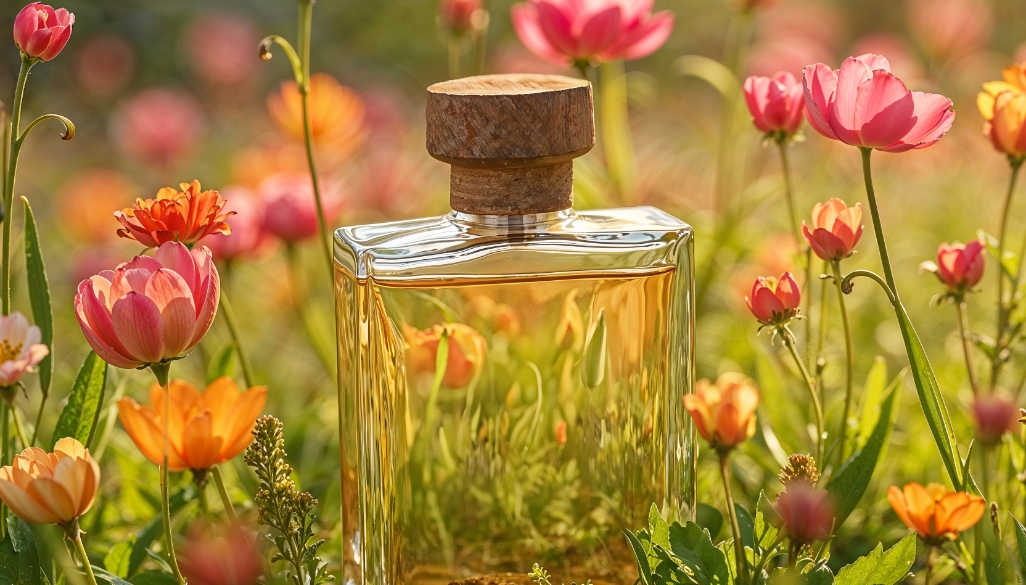
The challenge as a student is to create an accord, which is a melange of different fragrances. Amateurs or beginners can all too easily make a ‘soup’ by overdoing one or more of the ingredients, which then subsequently cannot be rescued. As the materials are so expensive, it’s a costly mistake to make. Professional perfumers have their own methodologies: some use a structured approach of top, middle and bass notes; others use accords as building blocks, or a single material as the inspiration.
After Grasse, Eliza moved to New York, firstly to work with Frederic Malle of Edition de Parfum, a luxury perfume house that collaborates with world-class perfumers, then with DreamAir, set up by Christophe Laudamiel, also based in New York, an avant garde perfumer who was ‘brilliant fun’ and a bit of a rock star in the world of scent as his creations were so unconventional. While in the US, she also rented her own space on the weekends to teach the art of blending fragrance, and had around ten students at any one time. Some were hobbyists creating fragrances for themselves, but a couple went on to great things in the industry. ‘I loved teaching fragrance. It was so rewarding, and some of my weekend students became close friends.’
Eliza set up The Art of Fragrance after she moved back to the UK, just before her son was born.
Over the course of her career, she has been involved in some wonderfully interesting projects. While in New York, she was commissioned by the Metropolitan Art Museum to create fragrances to go with certain paintings in their collection. For example, they had a series of paintings of Japanese temples, so Eliza created a scent which evoked water, greenery, stone and bamboo. For a diorama of Versailles, she blended hyacinth and the scent of privet hedge to conjure the image of pink silk dresses. In each case, she created a scent which, for anyone smelling it, harnessed their experience of the world and their imagination.
She also did a series of classes for visually impaired children in the Bronx. When one sense is compromised, the others become ever more important. Some of the children came from very tough home backgrounds. One, for example, had never tasted a grapefruit, let alone smelled one. The scent of lavender sent them into transports of pleasure, one of the kids telling Eliza that they ‘felt like they were in the lavender fields of France.’
Once back in the UK, she did live perfume demos for Somerset House at the Make A Scent exhibition and also created scents for the Wallis Collection, based on Fragonard’s Woman on a Swing and others for Valentine’s Day, blends of greenery, roses, animalic and orange flower.
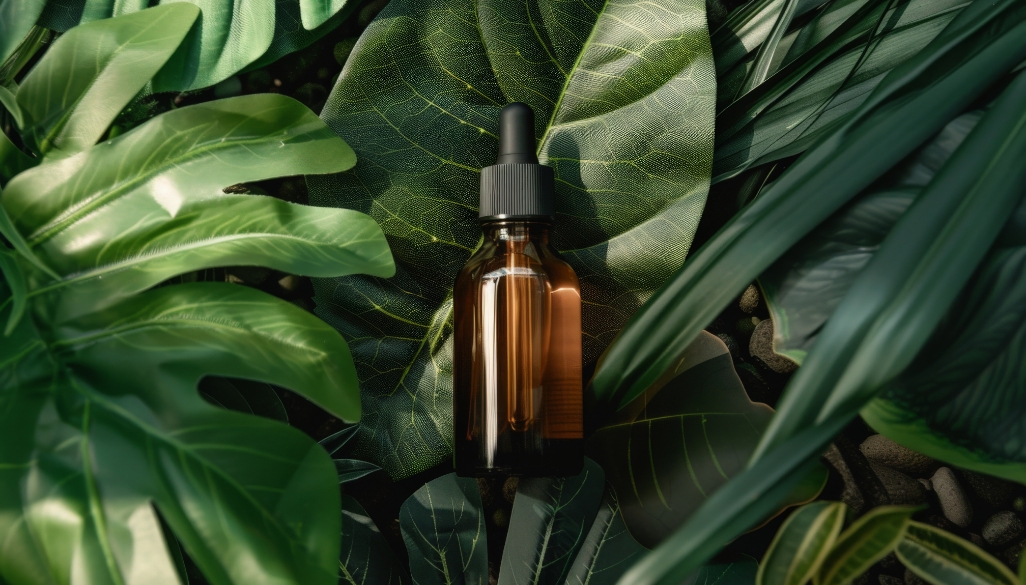
FUN FACTS ON FRAGRANCE:
- Physiologically, women generally have a better sense of smell than men.
- Scent is one of the most powerful memory triggers, as the olfactory bulb, which processes smell, is closely linked to the limbic system.
- Historically, perfume has contained some controversial ingredients: ambergris is a rare substance formed in the digestive tract of sperm whales and civet musk is extracted from the glands of the African civet cat. Today, these have almost entirely been replaced by synthetics, although ambergris is still used by a handful of high-end perfumers.
- Cleopatra scented the sails of her boat with jasmine and rose oils so that Mark Anthony could smell her arrival before she even docked. ‘Purple the sails, and so perfumed that the winds were lovesick with them.’
- The first celebrity perfume was custom made for Queen Elizabeth I, a blend of rose, orris root and citrus.
- Napoleon Bonaparte was obsessed with cologne, using gallons of the stuff every month. Perhaps that’s why Josephine needed a change of air every now and then. He even drank it, keeping a flask in his boot when on campaigns.








